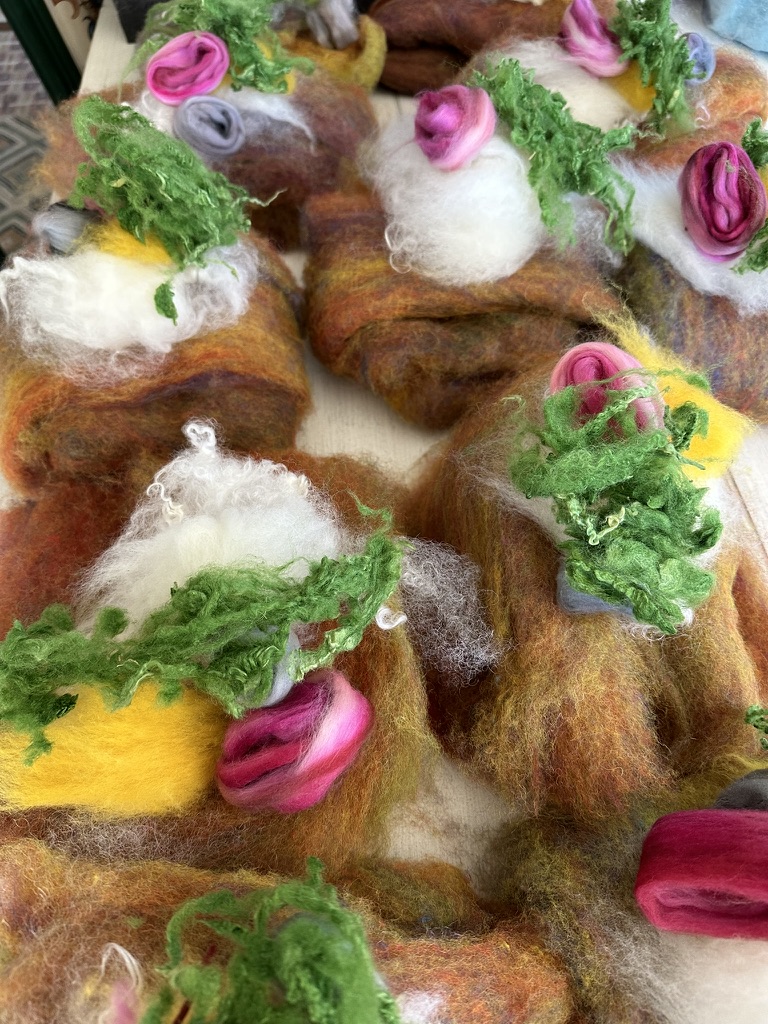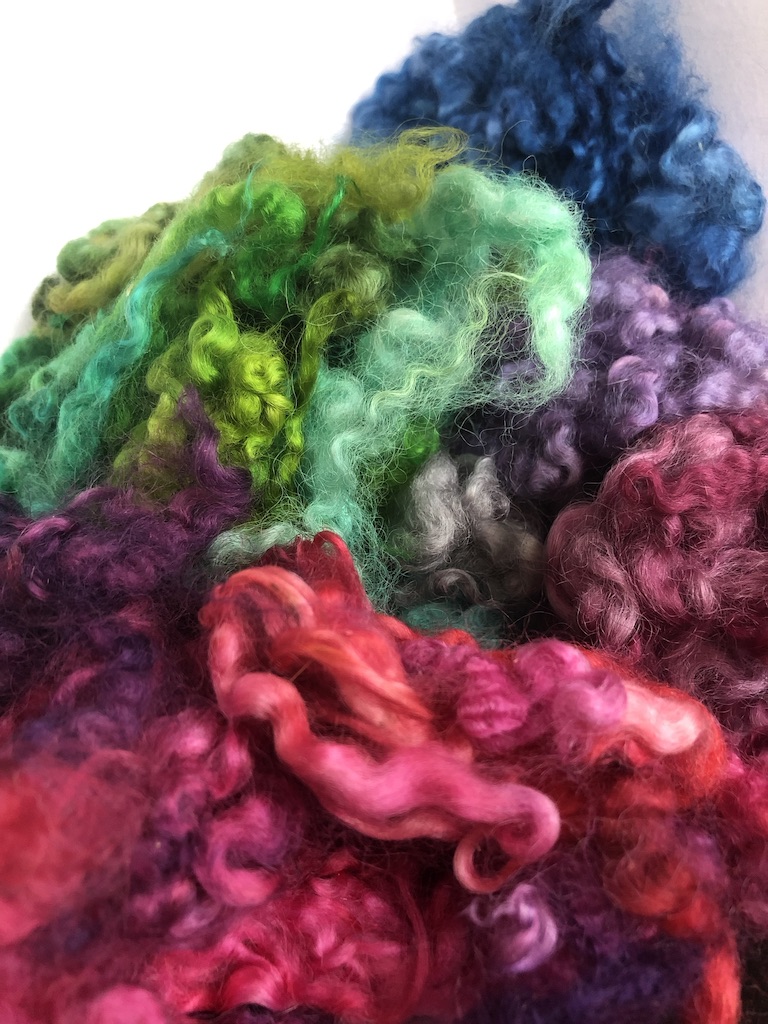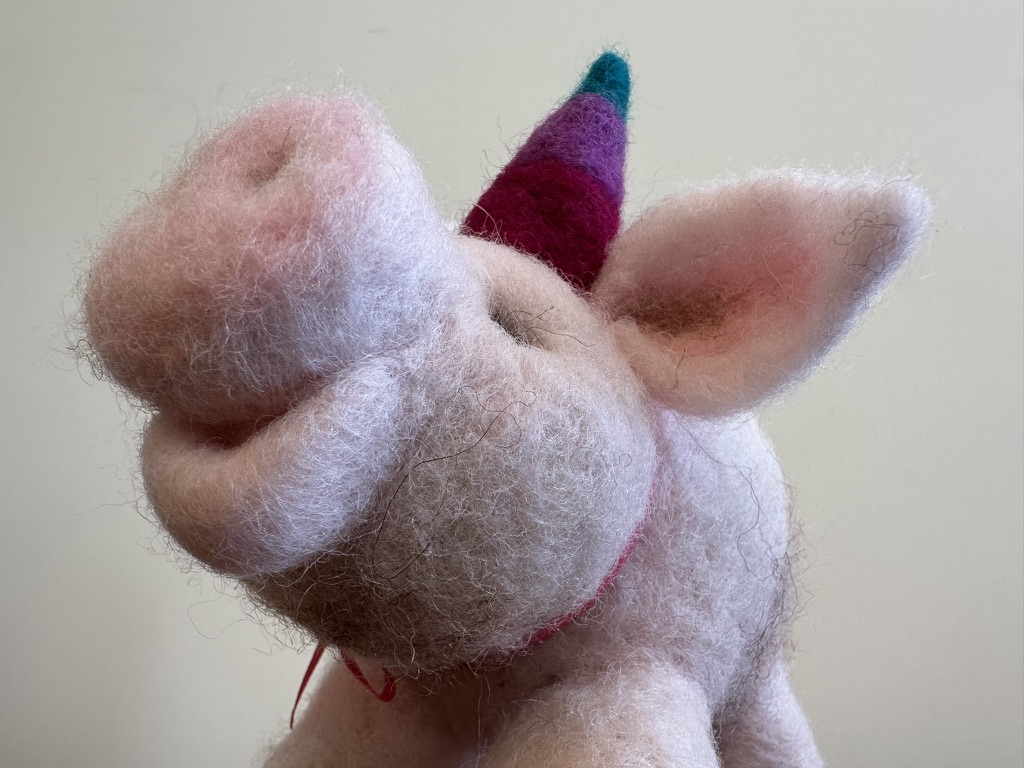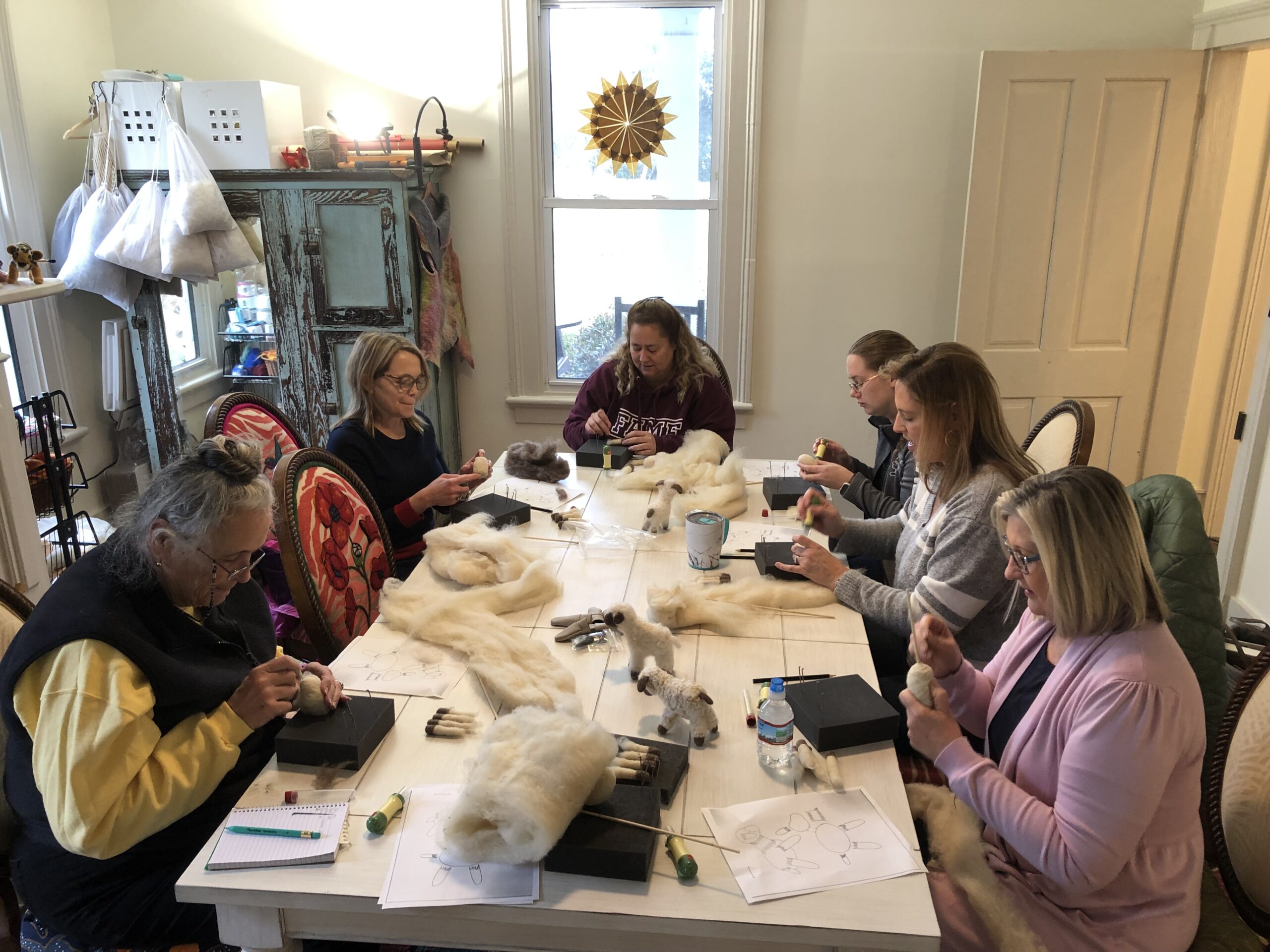A felting needle is a long, thin needle with a sharp point and barbs along the working part below the shaft. These barbs catch and tangle the wool fibers when the needle is inserted and pulled out. Please take a moment to examine the needle and ensure it is clean and in good condition.
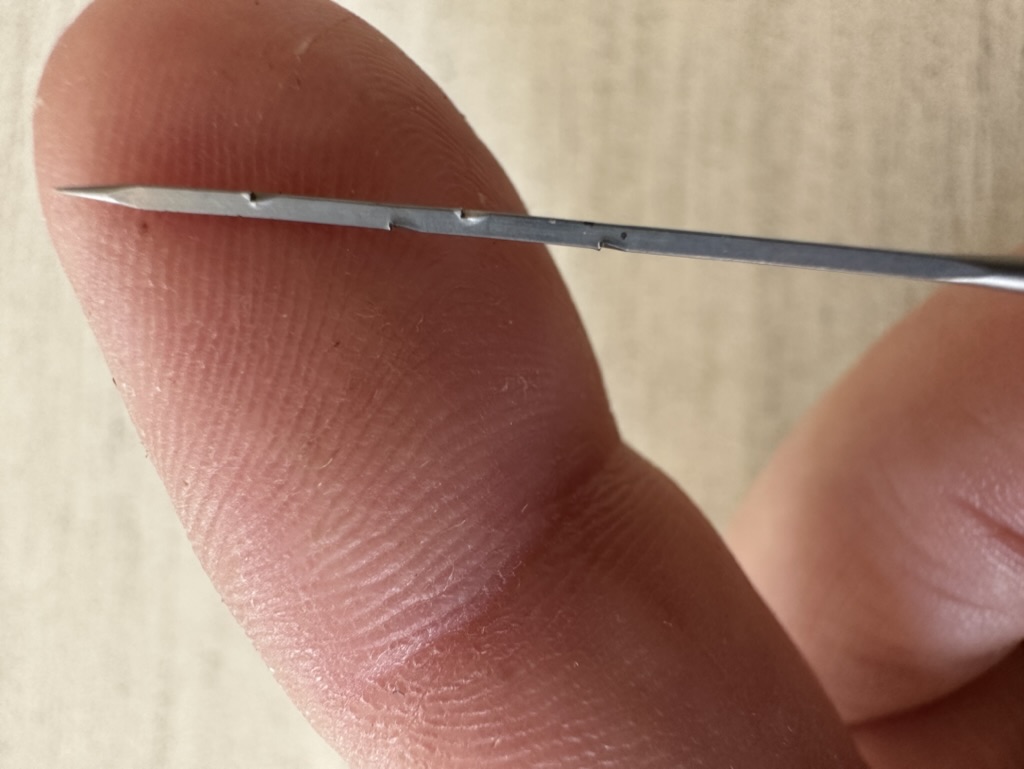
Holding the felting needle correctly is key. Hold the felting needle between your middle finger and thumb and rest the forefinger on top of the L-shaped top (crank). Grasp it firmly but not too tightly. Make sure your grip is comfortable and allows you to maintain control over the needle.
Position your hand and the workpiece. Place the workpiece, such as the wool roving or batting, on a felting pad or foam surface. Position your hand comfortably above the workpiece, ensuring a clear view of the area you’ll be felting. Keep your fingers away from the needle’s path to avoid accidental pricks.
Insert the felting needle. Gently press the tip of the felting needle into the workpiece. Start with a small, controlled motion to avoid bending or breaking the needle. Insert the needle vertically, going straight up and down into the material. Begin with light pressure and gradually increase it as needed. Keep in mind that you only insert the needle where the barbs are located.
Use a controlled stabbing motion – up and down. To tangle the fibers and interlock them, repeatedly push the needle in and out of the workpiece. Use a controlled stabbing motion, ensuring the needle goes straight up and down. Avoid bending or angling the needle, as it may break or damage the workpiece. Maintain a steady rhythm and adjust the force based on the desired outcome.
Move the felting needle around the workpiece, targeting specific areas or gradually felting larger sections, be sure to completely remove the felting needle from your project before moving it into another area. Vary the depth of your needle penetration to achieve different effects. Experiment with different angles and directions without bending the needle or putting pressure on the tip, focusing on areas that need more firmness or shaping.
Avoid over-felting. Pay attention to the progress of your felting and be cautious not to embed the wool fibers into the foam surface. Regularly lift your work off the foam mat.
Take breaks and rest your hands and shoulders. Felting is a repetitive motion, so it’s important to take regular breaks to rest your hand and shoulder and avoid strain. Stretch your fingers and hand to release any tension and maintain flexibility.
Remember, felting needles are sharp, so exercise caution while working with them. Always keep your fingers away from the needle’s path to avoid accidental pricks or injuries. Practice and experiment with different techniques to develop your felting skills and achieve the desired results.

